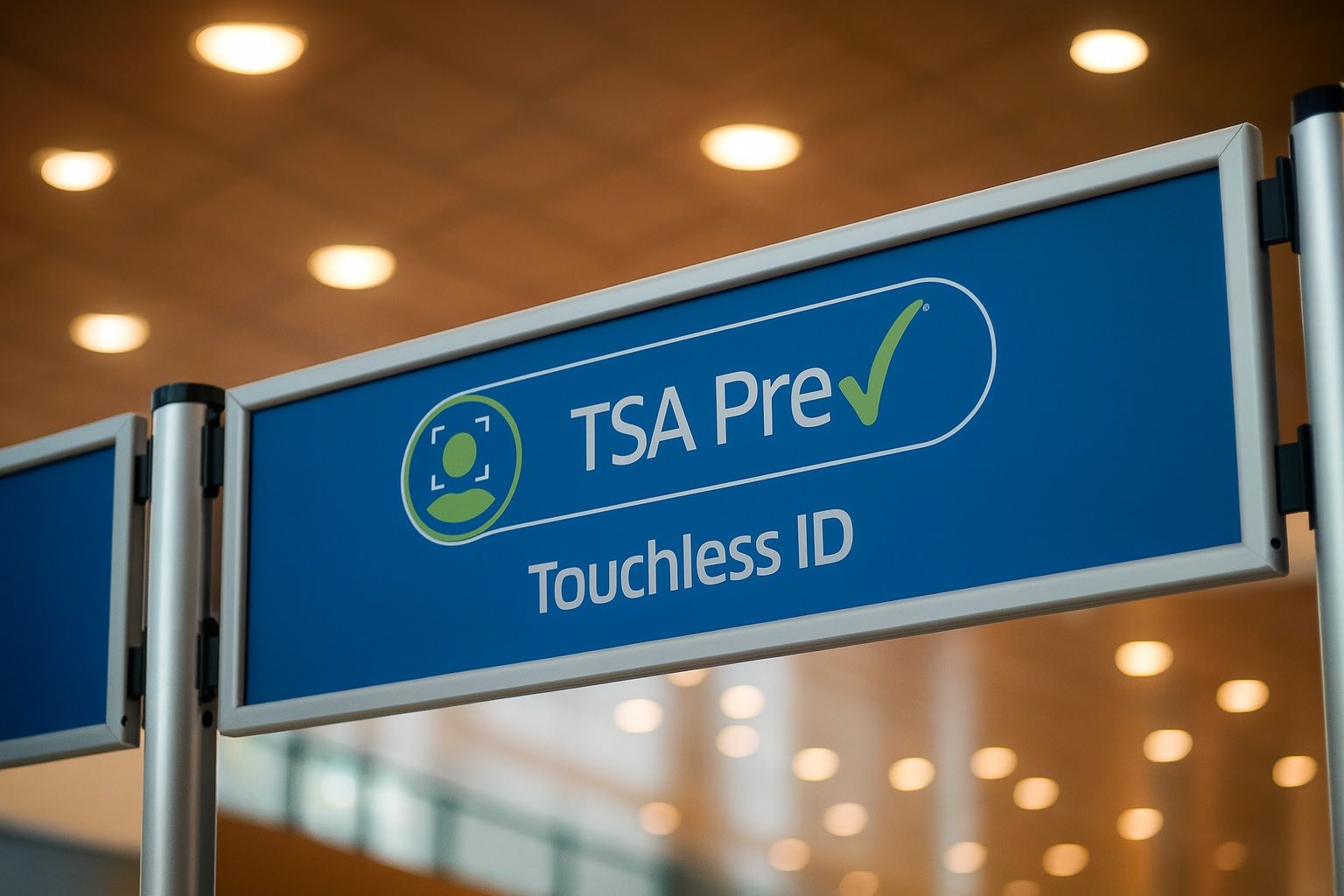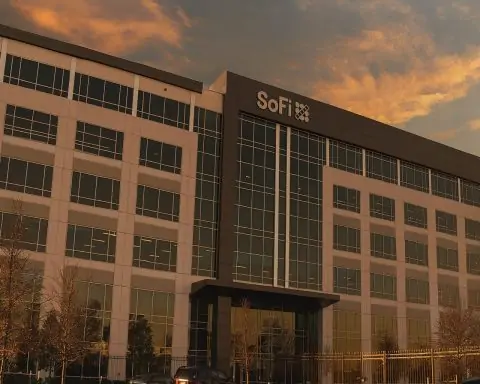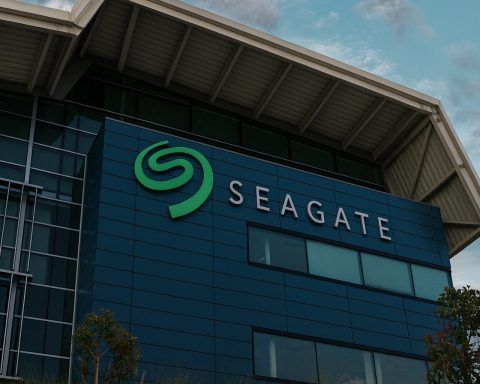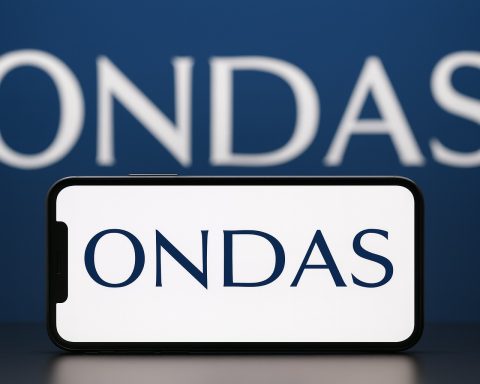- CLEAR’s new biometric “eGates” are rolling out across US airports [1]. By fall 2025, CLEAR has installed automated security gates at five major hubs (Atlanta ATL, New York JFK and LGA, Washington D.C.’s DCA, and Seattle SEA) [2]. These eGates match a traveler’s live facial image to their ID and boarding pass (in just 3–6 seconds, per CLEAR) [3] [4]. Once verified, CLEAR+ members can bypass the usual TSA ID-check podium and go straight to screening [5]. CLEAR emphasizes this pilot is a public–private partnership at no cost to taxpayers [6], and CEO Caryn Seidman-Becker calls it a way to make airports “safer and more frictionless” for passengers [7].
- Touchless TSA PreCheck is expanding nationwide [8]. San Francisco (SFO) just became one of about 15 airports offering the new PreCheck “Touchless ID” lanes, where enrolled travelers verify identity with a facial scan instead of showing physical ID [9]. The system links your Known Traveler Number to your passport in your airline app; on travel day you simply look into a camera at the checkpoint and TSA verifies your identity in seconds [10]. This feature is free for current PreCheck members (TSA PreCheck still requires its $85 fee) [11], and TSA reports it plans to roll Touchless ID out to more airports and partner airlines soon [12] [13].
- CLEAR is widening its net worldwide. This fall CLEAR opened its expedited CLEAR+ service to passport holders from 40 additional countries (including France, Germany, Italy, South Korea, etc.) [14]. That brings its global eligibility up to over 50 nations (on top of the UK, Canada, Australia/New Zealand expansion in August) [15]. In total, CLEAR reports about 7.6 million paid CLEAR+ members and 33 million users on its platform [16]. These members can use over 150 biometric lanes at 60+ airports nationwide, cutting many steps out of security [17]. CLEAR’s push to welcome more international travelers comes as U.S. travel surges ahead of big events (e.g. the 2026 World Cup expects ~20 million visitors [18]) and builds on TSA’s own modernizing efforts (CAT-2 scanners, upgraded X-ray machines, etc.) [19].
- Government shutdown underlines demand pressures. The ongoing US budget impasse (since Oct 1, 2025) has so far left TSA screening and PreCheck operations largely intact [20]. TSA PreCheck and Global Entry enrollments run on user fees, so centers remain open and even hold “enrollment fairs” despite furloughs [21] [22]. Travel experts note there’s no interruption to obtaining a Known Traveler Number during the shutdown [23]. However, airline schedules are seeing strain: flights are increasingly delayed as air-traffic controllers and TSA officers (working without pay) report fatigue. Over 3,000 flights were delayed in a single day in early October 2025 due to controller shortages [24]. Many travelers have postponed or canceled trips amid the uncertainty [25]. A University of Illinois professor warns that as unpaid workers tire, we’ll see an “erosion of service” – meaning longer security lines and even more delays [26] [27]. (On the bright side, carriers like Delta say demand remains strong and they have not cut flights yet [28].)
- Market trends and forecasts. CLEAR Secure (NYSE: YOU) stock is trading in the low $30s (about $29.6 at market close Oct 10, 2025 [29]). Analysts are cautiously optimistic: the consensus 12‑month price target is roughly $34.7 [30] (about a +17% upside), based on expanding services and partnerships. By contrast, TSA-related stocks have been hot – Telos Corp. (NASDAQ: TLS), which runs most TSA PreCheck enrollment centers, recently expanded to 350+ sites and saw its stock jump above $7 (a 52-week high) on strong demand [31]. Broadly, travel-sector equities have been steady this fall (airline and hotel stocks are stable, and CLEAR’s own IPO-era investors are watching its growth) [32] [33]. With travel rebounding (international tourism projected to recover next year) and major events ahead, most analysts forecast gradual growth in the travel-tech and airline sectors through 2026.
Sources: News reports and expert interviews through Oct. 12, 2025 (Travel + Leisure [34], SF Chronicle [35], BiometricUpdate [36], IDTechWire [37], Reuters [38] [39], TS2.tech [40] [41], MarketBeat [42]). All citations link to published articles and official statements.
References
1. www.travelandleisure.com, 2. www.travelandleisure.com, 3. www.kiplinger.com, 4. www.travelandleisure.com, 5. www.travelandleisure.com, 6. www.travelandleisure.com, 7. www.travelandleisure.com, 8. www.sfchronicle.com, 9. www.sfchronicle.com, 10. www.sfchronicle.com, 11. www.sfchronicle.com, 12. www.sfchronicle.com, 13. idtechwire.com, 14. www.biometricupdate.com, 15. www.biometricupdate.com, 16. www.biometricupdate.com, 17. www.biometricupdate.com, 18. www.travelandleisure.com, 19. www.biometricupdate.com, 20. ts2.tech, 21. ts2.tech, 22. ts2.tech, 23. ts2.tech, 24. ts2.tech, 25. www.reuters.com, 26. www.reuters.com, 27. www.reuters.com, 28. ts2.tech, 29. www.marketbeat.com, 30. www.marketbeat.com, 31. ts2.tech, 32. ts2.tech, 33. ts2.tech, 34. www.travelandleisure.com, 35. www.sfchronicle.com, 36. www.biometricupdate.com, 37. idtechwire.com, 38. www.reuters.com, 39. www.reuters.com, 40. ts2.tech, 41. ts2.tech, 42. www.marketbeat.com










